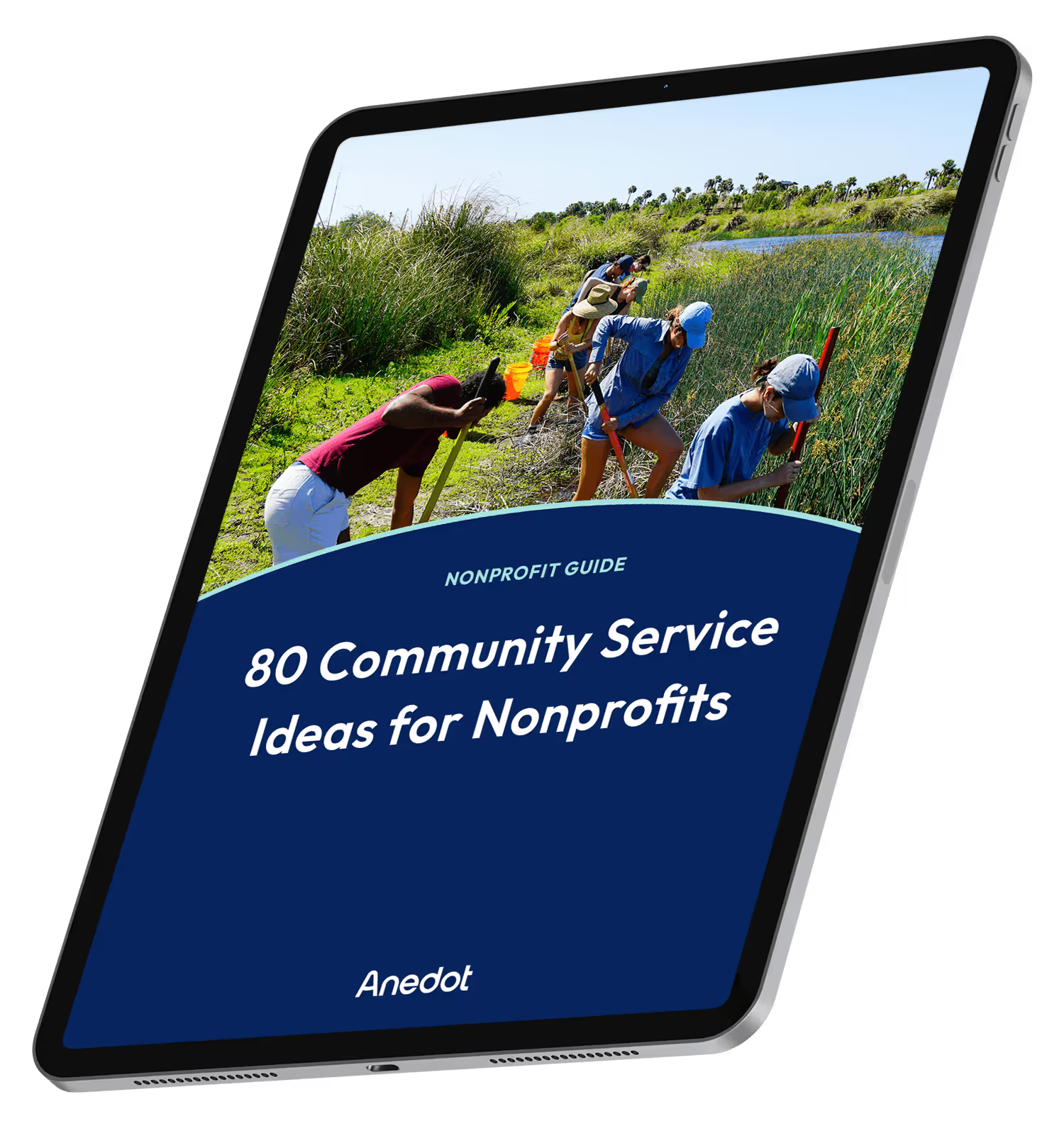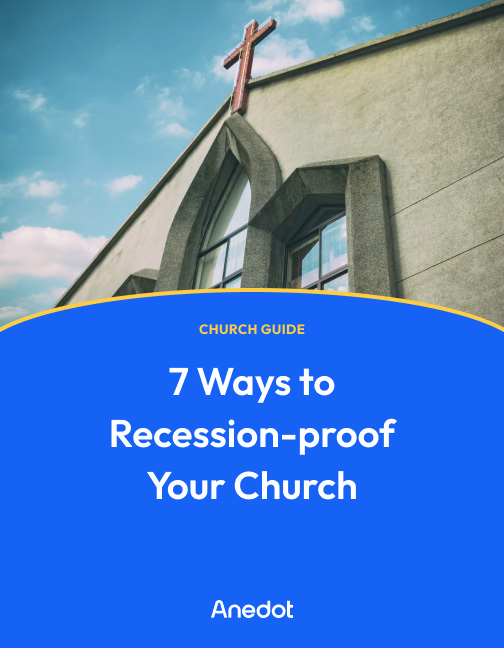The existence of a parachurch ministry depends on how well it supplements the life of local churches.
The root para means alongside, so a parachurch ministry is an organization, usually 501(c)3, that helps churches accomplish their mission by doing things churches are not equipped to do alone or are in specialized areas most churches cannot hire staff to accomplish.
Two widely recognized parachurch types are Bible colleges and seminaries, though those might not be the first ones to mind.
The initial phase of a parachurch ministry can be seen as an answer to prayer.
For instance, the needs of a local community might be so many or so diverse the churches struggle individually to meet them.
A parachurch ministry can come alongside the area churches, complementing or even organizing the ministries of each church to more effectively reach community needs.
This is widely seen as a big win for the area churches.
But, after a few years, the parachurch ministry has to justify its existence and efforts to its donors, both the churches and individuals.
If there is too much overlap with the churches, then how is it parachurch rather than a church? If the organization loses focus, no longer effectively meeting the needs it set out to address, then why should it continue to exist?
If the ministry leadership becomes ineffective, unable to keep the paid and volunteer staff on track or show fruit from its labors, why keep the doors open?
Parachurch organizations that are beyond the initial thrill but have not yet found long-term stability are in the “middle distance.”
The middle distance is the period during which a parachurch ministry determines whether it will last.
If the organization does not survive the middle distance it might not reach the finish line.
Here are four realities parachurch ministries need to address as they enter the middle distance.
1. The parachurch ministry has long-term vision clarity

One danger parachurch ministries face is whether their reason for coming into existence is the reason it continues to exist.
Parachurch is very close to the church; their burdens are similar, they share a motive to glorify God.
If parachurch organizations begin to take on certain aspects of the church, it can drive away churches with deep theological convictions about who can baptize, who can administer communion, and where should tithes and offerings be given.
The Chalmers Center notes this concern, regarding parachurch ministries that exist to aid the poor:
One way that the church’s responsibility to care for the poor is carried out in complex modern societies is through a wide range of parachurch ministries. While the parachurch should never undertake tasks that are exclusively given to the church—for example, ordination, baptism, and the Lord’s supper—there is much that these ministries can do very effectively to care for the materially poor. (Emphasis in original.)
In the middle distance, parachurch ministries have to consider whether their mission remains alongside the church or is looking more like the church. Ask questions like:
- How does our convictional identity distinguish us from a church?
- Are we doing things that most churches believe only churches are responsible to do?
- Should we hold events that run over into Sundays, thus keeping participants from attending their church?
As one parachurch ministry bluntly evaluates parachurch efforts, “None of these ministries are the church.”
2. The parachurch ministry stays true to their original mission

The middle distance is where mission becomes muddied.
A few years of storms can wash silt, topsoil, and gunk into the once clear pond of “what are we doing right now?” Everyone, from employees to volunteers to outside observers, gets a different idea of what the organization should be doing.
Saying “yes” to opportunities slightly outside the original mission has the cumulative effect of distorting the day-to-day emphases of the ministry with more and more people doing more and more things unrelated to the vision.
Muddied mission affects how employees spend their time, whether volunteers connect their tasks to a bigger picture, to what is emphasized and accomplished—or not accomplished—during staff meetings.
Calling this scenario “mission drift” or “mission creep” is accurate, but can be too philosophical.
“When we first started this ministry, we communicated with every partner monthly to get their needs, but now we rarely contact our partners. Instead, we send them what we think they need and expect them to respond.”
This is fine as far as it goes, but it depends on every person to recover the mission.
Instead, concrete steps are needed. Using the above hypothetical, you might lead your organization to:
- Over the course of a month, contact every partner and ask for their needs.
- During this conversation, let them know our intention to reset the monthly contact.
- We will ask them whether their ongoing needs have changed substantially and if so, how?
- Based on new information, we will evaluate whether our mission should be reevaluated.
(To help your team remember the distinction between mission and vision, check here. To see examples of excellent mission statements, click here.)
3. The parachurch ministry repairs broken systems

If your ministry has grown even a small amount, you might have added a few full- or part-time employees and/or a roster of volunteers.
Each of these people bring with them their own experiences and ideas about how things get done.
Pretty soon, everyone is working head-down, defaulting to their own silo of how to do their job.
Because their workflows or toolsets aren’t always the same, work is duplicated, missed, and misunderstood. Tensions among teammates can rise.
If the leader has reached his or her own capacity, the rest of the team can retreat into self-preservation, simply hoping staying busy will keep them employed, even if they wonder whether their contribution is any longer meaningful.
It's at this time the organization needs a system reset. The entire ministry and possibly even senior leadership will need to agree to the new system or else the friction it generates will be worse than the old system, which at least had the advantage of being understood.
As Gino Wickman writes in Traction:
“Imagine coaching a sports team with two distinct methods or running a country with two governments. When systems work at cross purposes, your company is the ultimate loser. You cannot build a great organization on multiple operating systems—you must choose one.” (p 23)
Address your systems reset by:
- Getting advice from well-run, longstanding parachurch ministries.
- Take the team through a book like The Five Dysfunctions of a Team (Lencioni) or What the Heck is EOS? (Wickman) to begin turning things around.
- Consider bringing in a coach or consultant who can help guide the conversations and changes needed.
4. The parachurch ministry has policies for accountability and transparency

We live in a time, especially in the United States, when an organization’s word, for an increasing number of people, is no longer its bond.
The use of Non-disclosure Agreements is seen as a means of covering for sinful, if not criminal, behavior.
Ministries whose leaders lack accountability or whose questionable behavior is covered over to “protect” the mission of the organization are no longer given a pass.
When sinful behaviors are exposed, the entire ministry takes a hit. Or, in the case of Ravi Zacharias International Ministries, forced to total mission change.
Transparency and accountability are imperatives for parachurch ministries. As Charity Navigator puts it:
“Accountability is an obligation or willingness by a charity to explain its actions to its stakeholders. Transparency is an obligation or willingness by a charity to publish and make available critical data about the organization. We believe that charities that are accountable and transparent are more likely to act with integrity and learn from their mistakes because they want donors to know that they're trustworthy.”
Donors, small and large, want to know what steps are being taken to prevent abuse, mismanagement, or fraud.
All the stakeholders in a parachurch organization need to be reassured. Here are some things to consider:
- Do your HR policies make it easy for employees to report abuse?
- Do your employees know they will have the support of the ministry if they report abuse or would they fear being ostracized, shut down, blamed, or fired?
- Is financial information readily available to donors or concerned employees?
- Are the books audited by an independent third-party?
Closing thoughts

What is your parachurch’s plan for the middle distance?
Don’t assume things will just work out by default.
A parachurch that can survive and thrive through the middle distance is one that clarifies vision, gets a renewed, focused mission, repairs its systems, and opts for transparency and accountability rather than secrecy is one that will keep the hearts, minds, and generosity of its supporters.
Unless it is spinning off millions a year from investments, no parachurch ministry can survive without donations.
Its existence is sustained by its donors, and those donors—especially high net-worth donors—are more motivated to give when they have confidence in the stability of the ministry, making raising those funds, where Anedot comes in, that much easier.

80 Community Service Ideas for Nonprofits


























